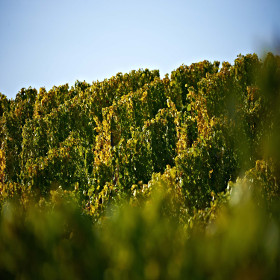Winery Boxheimerhof
The charisma of our winery is characterized by the seamless transfer from generation to generation. This creates an unmistakable creation of tradition and modernity. For us, the chosen way of life is not only a duty but our way of life.
The wines that you receive from us, all originate from our own production and are cultivated and vinified from vineyard to wine glass by winemaker Walter Boxheimer with care.
All this requires great dedication, but also a lot of feeling and love for the cultural asset of wine, whereby we always give priority to quality over quantity.
On the estate English and German is spoken.




















